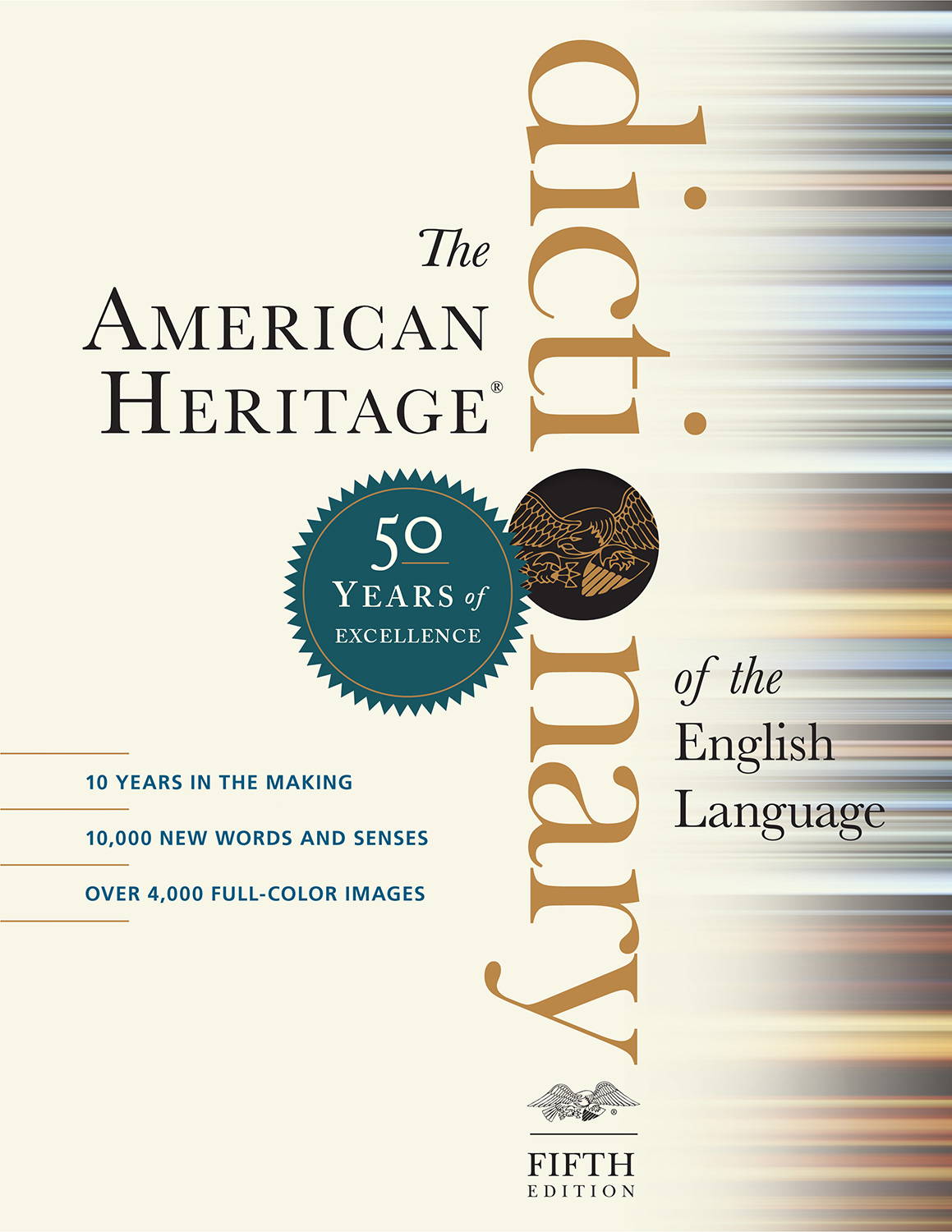Three Age system
Share:
Tweet n. A system for classifying prehistoric artifacts according to successive stages of technological development, divided into the Stone, Bronze, and Iron ages. Usage Note: The 19th-century Danish archaeologist Christian Thomsen proposed an innovative classification system based on the assumption of a chronological progression in human technology from stone to bronze to iron. Once empirical study of archaeological collections began, Thomsen's Three Age system was modified into four ages by the subdivision of the Stone Age into the Old Stone (now Paleolithic) and New Stone (Neolithic) ages. Subsequent refinement has added Mesolithic (Middle Stone) and Chalcolithic (Copper and Stone) to the original terms, which are now known as periods rather than ages. Use of the full terminology—Paleolithic, Mesolithic, Neolithic, Chalcolithic, Bronze, and Iron—is appropriate only for Europe, the Middle East, and Egypt, and even there it is not uniformly accepted among archaeologists today. |
The American Heritage® Dictionary of the English Language, Fifth Edition copyright ©2022 by HarperCollins Publishers. All rights reserved.






